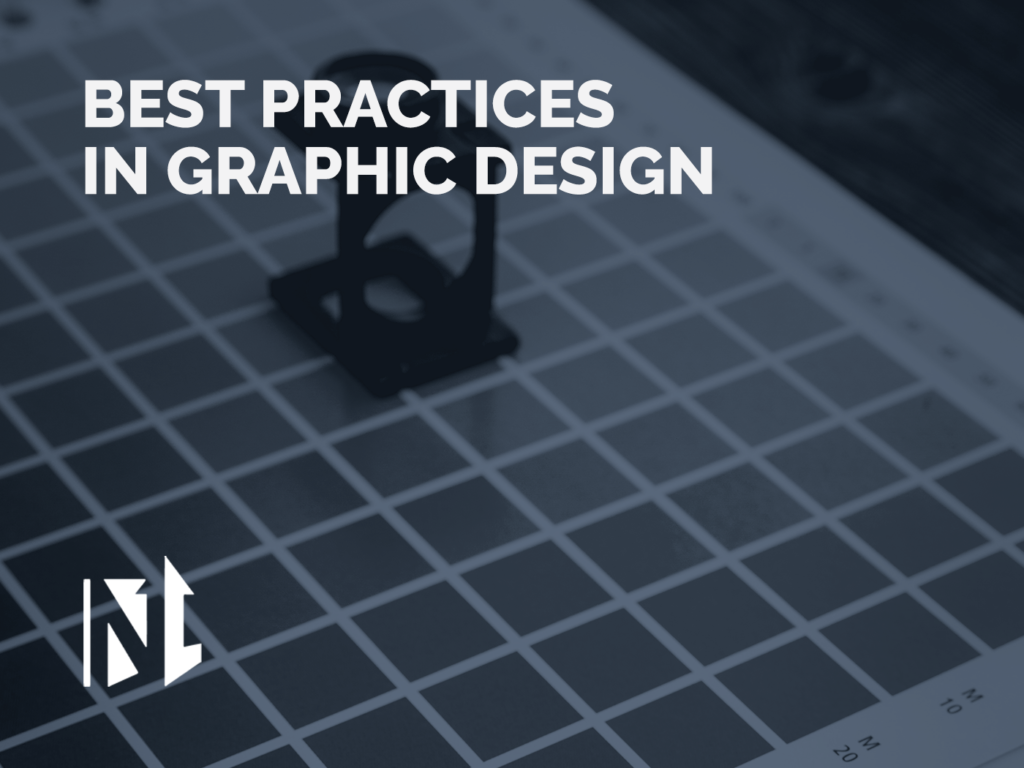By Savanna Heishman
Whether you are an agency geared towards design and advertising or a company trying to design your own advertisements and branding, it is crucial to know the fundamentals of graphic design. Nobody is born knowing how to be a smart designer, that is something you have to train yourself to do. At Next Level, we live by a few important design fundamentals that all designers should consider.
1. Color Palettes
Never underestimate the importance of a well thought out color palette. Color is one of the most useful tools that will make your design stand out from all the rest. Think of Target, Walmart, or Coca-Cola for instance. Their branding is dependent on the color palettes they have chosen to represent their companies. Without the specific color of red that Coca-Cola uses in its branding, consumers would not be able to recognize their brand so easily. This is also relevant for thousands of well-known companies throughout the world. The Target logo would not be the same if it were navy blue. McDonald’s would not be McDonald’s without the yellow arches that we see and recognize every day. Colors are meant to be specific to a company and represent what the company stands for. Choosing a color palette that is specific, well thought out, and aesthetically pleasing will make your brand recognizable and unique.
2. Clever typefaces and font pairings
Choosing the perfect typeface for a design is imperative and can make or break it in the long run. Any well-trained designer could agree that typography is one of the most important aspects of graphic design and should always be thoroughly considered when creating a design. You should always start off by considering the basics. Ask yourself this: What message am I trying to convey to my audience through this design? What is my design saying? Once you answer those questions, you can begin narrowing down some typeface options. If your message is serious, you will want to use a typeface that is strong, bold, and commands attention. If your message is playful, feel free to use a typeface that is looser, something script-style, or even something that has differing weights to it.
Also, consider how you will pair your chosen typefaces. A good guideline is to only use two or three different typefaces in one design or for branding. To keep your design cohesive, try to use two different typefaces that complement each other. Overall, it really is all about choosing fonts that are appropriate for the company and the message you are putting out there. For example, a car company would never and should never use Comic Sans (just saying).
3. Using imagery
Using imagery in your designs can go a long way if used correctly. First of all, make sure to check the licensing on the imagery you are using. You never want to use imagery that is stolen or does not credit the original artist. Also, be aware of the resolution of the images you are using and how they will translate to different social media platforms, websites, etc. You always want to use high-resolution images to prevent pixelation issues.
When it comes to choosing the appropriate imagery for your design, there are a few things to consider. Try to use images that aren’t incredibly busy, especially if you plan on putting typography over the photo. Also, make sure there is enough contrast between the image and any typography so there are no issues with legibility. Imagery can push your design further and create a lasting impression, so do not ever underestimate the use of a great image!
4. Grid Systems
Using a grid system is a really efficient way to make sure your design is laid out correctly. Based on what you are designing, the grid system will differ. However, using a grid will help organize your design regardless. Many web designers use a grid to organize their images and information correctly and it keeps the design consistent. Many designers use a grid system to line up objects, images, and typography and keep margins even and concise. This is extremely important for publication and magazine design. Grid systems are used to follow the rule of thirds, create a rhythm within the design, and also to follow the Golden Ratio.
5. Visual Hierarchy
Visual hierarchy is the way that designers imply importance within a design. More important information will be placed more noticeably within the design, while secondary information will be smaller. Visual hierarchy influences the order in which the viewer sees information in front of them. Visual contrast, size, placement, and spacing create this order. For example, if you are creating a flyer for a local event in your town, you would put the most important information (the name of the event) closer to the top in a larger, more noticeable font. The description of the event would most likely be the second most important piece of information that you would include, which would be placed under the name in a smaller, less noticeable font. And so on and so forth.
While these five components of graphic design are not the only aspects to consider, we believe they are the stepping stones to creating great designs. If you can implement these five aspects into your work in the future, you should be able to create impactful designs for business or your clients.
If you have any specific design questions, please feel free to reach out to our design experts at Next Level Digital Media and Marketing, LLC @ 321-209-0110.



